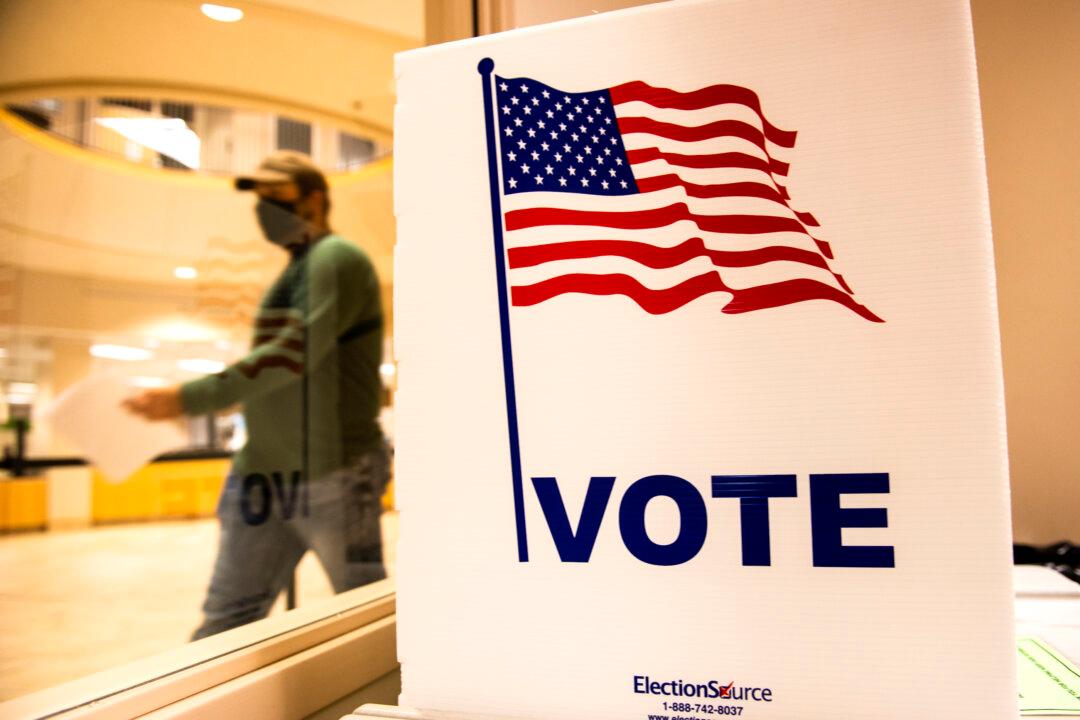The Minnesota Supreme Court on Tuesday dismissed a petition from the Trump campaign and GOP Republican candidates requesting that the Minnesota state legislature separate all mailed ballots received after Election Day in the event of legal challenges to their validity.
The petition was filed on Oct. 28 (pdf) on behalf of the Trump campaign, the Senate Victory Fund, the House Republican Campaign Committee, and Ryan J. Beam, against Minnesota Secretary of State Steve Simon. It argued that segregation of ballots received after Election Day was necessary as “it could be impossible for a court to repair the election results tainted by illegally and untimely cast or mailed ballots if the ballots are not segregated.”





